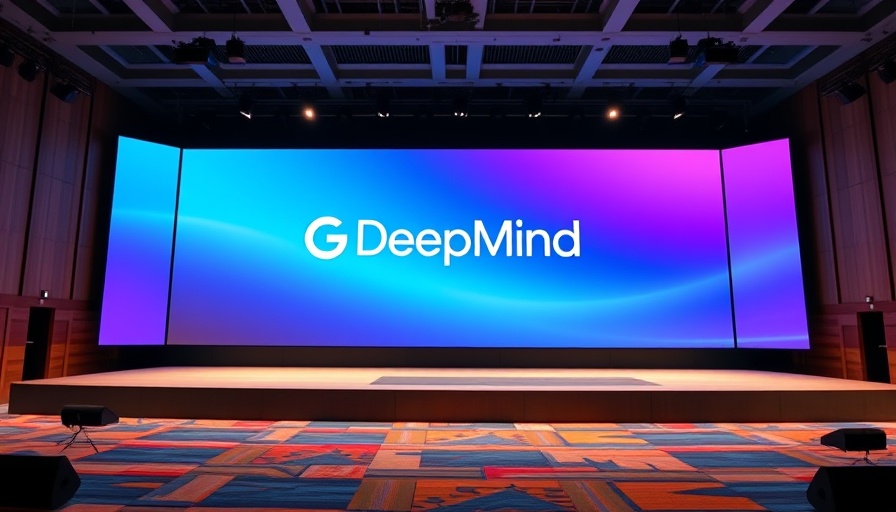
Google's New AI Bug Hunter Reports 20 Security Vulnerabilities
In a groundbreaking announcement, Google has revealed that its AI-powered bug bounty program dubbed Big Sleep has identified 20 security vulnerabilities within popular open-source software. This significant development highlights the growing role of artificial intelligence in cybersecurity, marking a turning point where machines are not just tools but active participants in safeguarding digital environments. Heather Adkins, Google's Vice President of Security, made the announcement on August 4, 2025, showcasing the collaboration between its AI department, DeepMind, and the elite hacking team, Project Zero.
What Are the Implications of AI in Bug Hunting?
The efficacy of AI systems in identifying security flaws raises important questions about the future of cybersecurity. With traditional methods of vulnerability discovery often proving time-consuming and less efficient, AI tools like Big Sleep promise a new frontier in identifying security risks more swiftly than ever before. The vulnerabilities found include flaws in well-known libraries such as FFmpeg and ImageMagick, emphasizing the importance of continual vigilance in open-source environments that are widely used across platforms.
The Human Element: AI's Collaboration with Experts
Despite the impressive findings by the AI system, Google has clarified that a human expert remains crucial in the vulnerability reporting process. Kimberly Samra, a Google spokesperson, emphasized that while Big Sleep autonomously found and validated each flaw, human oversight ensures the quality and actionable nature of reports. This collaboration highlights a balanced approach, where AI enhances human capabilities without fully replacing them.
Peer Systems: Understanding the Competitive Landscape
Google's Big Sleep is one of several AI-powered bug hunters emerging in the cybersecurity landscape. Competing systems such as RunSybil and XBOW are also making headlines, particularly in bug bounty communities. Notably, XBOW has set records on the popular bug bounty platform HackerOne, showcasing the growing momentum of AI tools in this domain. However, it is critical to remember that these AI systems are still a relatively new phenomenon—most still involve humans to confirm the vulnerabilities they uncover.
Exploring Future Trends in AI and Cybersecurity
As technology evolves, the methods by which vulnerabilities are detected will continue to shift. Experts predict that more advanced AI systems will soon emerge, capable of independently conducting exhaustive searches for flaws and, potentially, implementing fixes autonomously. This prospect raises critical questions about cybersecurity management and responsibility in cases where AI tools are employed. As these systems become smarter, adopting a rigorous ethical framework will be paramount.
Assessing the Risks: What Lies Ahead?
While AI can offer substantial advantages, it is essential to navigate its associated risks carefully. Issues around false positives—when a benign area is flagged as a vulnerability—can overload security teams and divert precious resources. Moreover, the potential for AI tools to be exploited poses significant challenges. Vigilance in scrutinizing the ethical implications of these technologies will ensure that they enhance security rather than undermine it.
Conclusion: Embracing AI in Cybersecurity
Google's announcement about its AI-based bug hunter, Big Sleep, signifies more than just a technological advancement; it represents a paradigm shift in how we view cybersecurity and vulnerability management. The marriage of AI and human scrutiny promises improved safety in an increasingly complex digital world. As we embrace these innovations, a collaborative mindset—balancing AI capabilities with human intuition—will be crucial in fostering a secure online environment for everyone.
 Add Row
Add Row  Add
Add 




Write A Comment